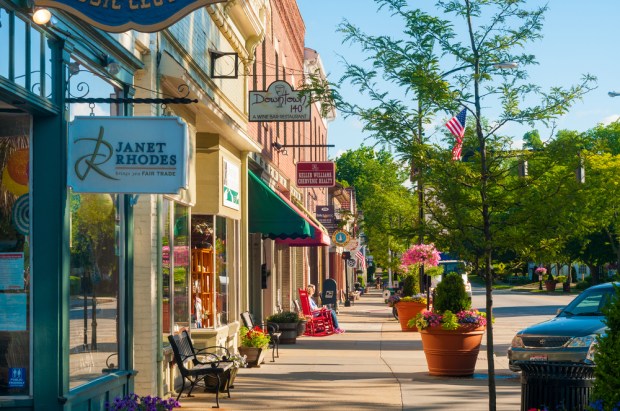When It Comes To American Small Business, Be Optimistic

Most industries took a major hit during the 2008 recession, especially in the building and construction sector. But since 2010, the beginning of the recovery period, industries surveyed by the PYMNTS Store Front Index have generally returned to a state of healthy and sustained growth. Whether it’s fitness, eating establishments or even building contractors, the number of Main Street storefronts is increasing, and Q2 2016 sees these trends continue to bear out.
There have been many reports on the decline of the retail industry, and small retailers aren’t immune to the market trends aligning against brick-and-mortar stores. And while all U.S. regions are growing, not all of them are growing at the same rate.
But the picture, overall, remains a positive one. However gloomy the rhetoric surrounding American small business, it isn’t justified. For the most part, they aren’t disappearing – they’re expanding. And statistics indicate that they’ll continue to do so for a very, very long time.
When thinking about and assessing the health of Main Street businesses in the United States, these are the things one should always keep in mind.
Fitness Is A Growth Area. In what is perhaps good news for America’s waistline, the number of fitness establishments grew by 6 percent in Q2 of 2016. While mid-tier fitness chains have struggled in the marketplace, budget and boutique options are expanding to take their place. In particular, specialized fitness studios are on the rise, usually offering small groups a personalized workout or instructing people in a particular type of exercise. As of April 2017, they make up nearly 20 percent of the U.S. fitness market.
Building And Contracting Is Slowing Down. The number of construction companies has been growing steadily since 2012, when they began to recover from the 2008 economic recession. This quarter, however, growth in the building and construction sector slowed down and was overtaken by higher rates in the fitness and professional services industries. Some of the slowdown can be attributed to shortages of lots and workers, but a report by the National Association of Home Builders suggests that it might be due to urban construction regulations.
For The Most Part, The United States Is Doing Well. While all industries and regions saw severe hits to growth during the Great Recession, the country is now seeing healthy growth across the map. That said, some regions are still doing better than others. Small business growth in the Mountain region is leading the pack at 3.9 percent, and the South comes in second at 3.6 percent. Small business growth in the Northeast is the lowest among all regions, likely because the region is also seeing low rates of wage and employment growth.
Retail Isn’t Performing As Well As Other Industries. While most of the industries described in the PYMNTS.com Store Front Index grew in Q2 2016, retail shrank by 0.1 percent. Even big box stores and national chains are struggling under the onslaught of Amazon and online shopping, but small businesses have been hit especially hard, struggling against pressures that drive down the prices of goods. Retail, however – along with eating and drinking places, personal services and fitness – is an industry that still performs better than others in periods of economic contraction, according to the Index. And small retailers often prove surprisingly resilient despite the pressures of eCommerce, going the extra mile to give consumers an experience that’s hard to come by on the internet.
Main Street USA now boasts 3.4 million storefronts, a projected 2.1 percent growth since Q3 2016. There’s room for improvement and most business proprietors would welcome help, legislative and otherwise, but indicators suggest that small businesses are in a period of healthy, sustainable growth.
When it comes to American small business, optimism is the order of the day – and the quarter.
Storefront businesses – the shops that line the main streets and side streets of the local community – are the heartbeat of the local economy. It’s the convenience store, dry cleaner, fitness center, hardware store, home remodeler, coffee shop, local restaurant and watering hole, the hair salon. The PYMNTS Store Front Business Index™ has assembled data on each and every one of these businesses across the U.S. and measures their vitality every single quarter.
To see all the data collected in the Index, download the report.
